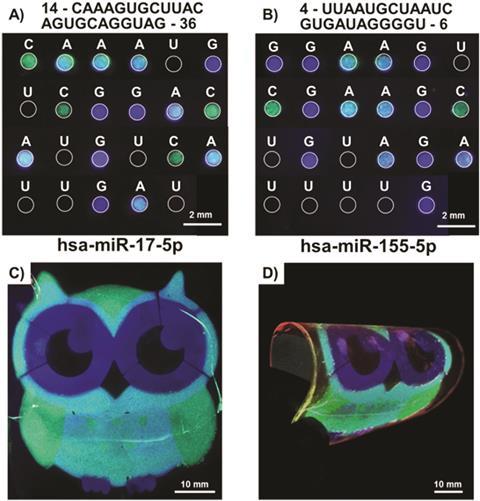The Journal of Materials Chemistry Executive Editorial Board is pleased to announce that the 2017 Journal of Materials Chemistry lectureship is now open for nominations.
This annual lectureship honours an early-career scientist who has made a significant contribution to the field of materials chemistry.
Professor Christopher Bettinger was awarded the 2016 Journal of Materials Chemistry Lectureship by the Journal of Materials Chemistry Executive Editorial Board, and presented his lecture at the 2017 Spring MRS in Arizona, USA on 19 April 2017.
Qualification
To be eligible for the Journal of Materials Chemistry Lectureship, the candidate should be in the early stage of their scientific career, typically within 10 years of attaining their doctorate or equivalent degree, and will have made a significant contribution to the field of materials chemistry.
Description
The recipient of the award will be asked to present a Journal of Materials Chemistry lecture at a conference decided upon by the recipient and the Editorial Office. The Journal of Materials Chemistry Editorial Office will provide £1,000 to the recipient for travel and accommodation costs, and will present the winner with the award at this lecture. The award recipient will also be asked to contribute an invited article to the journal and will have their work showcased on the back cover of the issue in which their article is published.
Selection
The recipient of the lectureship will be selected and endorsed by the Journal of Materials Chemistry’s prestigious Executive Editorial Board.
Nominations
Those wishing to make a nomination should send details of the nominee, including a brief curriculum vita (no longer than 2 pages) and a letter supporting the nomination (no longer than 2 pages), to the Journal of Materials Chemistry Editorial Office by 16th June 2017. Please note that self-nomination is permitted, and you may re-nominate previous candidates.
Send a nomination here today: materials-rsc@rsc.org






















